Art World
Neo-Shamanism and Other Trends in the Art World This Year
From body politics to gentrification, find out what was hot this year besides Trump and Brexit.

From body politics to gentrification, find out what was hot this year besides Trump and Brexit.

Hettie Judah

This year has not been short on major themes: from the US election to the refugee crisis in Europe, Brexit, terrorist attacks, David Bowie, post-truth… Well, let’s not re-live it all here…
Suffice it to say, the popularity of Jeremy Deller’s FUCK YOU 2016 bumper sticker for House of Voltaire is a fair sign that the art world is in step with the prevailing mood regarding the last 12 months. Life goes on, however, and beyond the bold print headlines, a different—sometimes surprising—set of preoccupations emerged.
So what were the other themes that have engaged the art world this year?
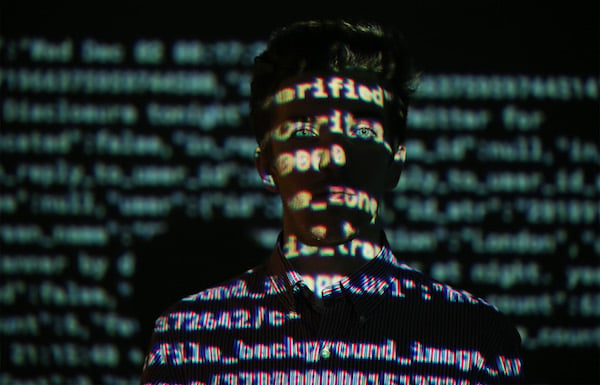
Installation view of “Big Bang Data.” Photo: Peter Macdiarmid Courtesy Somerset House.
1. Data
The broader interest in surveillance and information gathering this year focused more narrowly on personal data and the information mined from apps and social networking. The year kicked off with the art-meets-information show “Big Bang Data” installed at London’s Somerset House.
In February, Tactical Tech presented their re-educational White Room project as part of the exhibition “Nervous Systems” at HKW Berlin. The White Room offered Data Detox workshops for visitors and a version of the presentation has since moved to New York as Glass Room. Up at HOME in Manchester, meanwhile, Rachel Maclean’s melting zombies screamed “We Want Data!” at a Kim Kardashian pastiche who nourished them with her personal information.
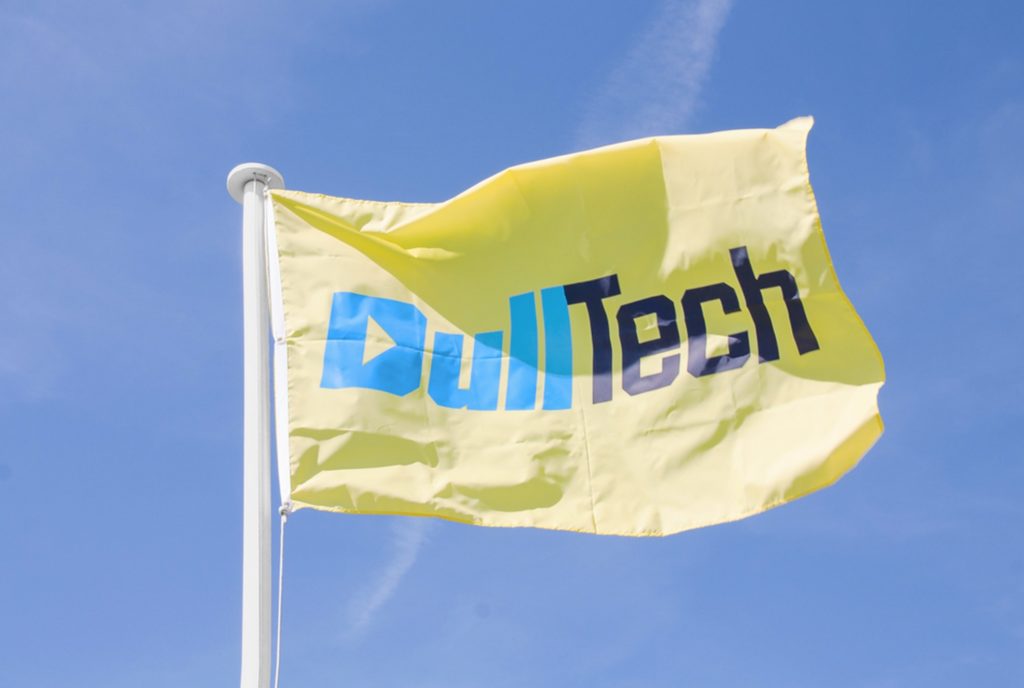
Constant Dullaart, DullTech™ Flag (2015). Courtesy the artist and Carroll/Fletcher.
2. The Corporate World
Back in February, “Neoliberal Lulz” at Carroll/Fletcher, London, brought together five artists who engaged with corporate strategies on their own terms, including Jennifer Lyn Morone—or, as she became known for the show, Jennifer Lyn Morone™ Inc.
Cally Spooner’s “On False Tears and Outsourcing” at the New Museum explored human behaviour through the lens of corporate logic. Lucy Beech and Edward Thomasson’s besuited performers played out “Public Relations” at Maureen Paley’s gallery and beyond. Meanwhile, hybrid neither-art-nor-business entities like Paloma Powers flourished.

Performance artist Johannes Paul Raether. Photo courtesy the artist and Cycle Festival.
3. Neo-shamanism
There have been psychotropic shenanigans afoot all over. Serena Korda’s Hold Fast, Stand Sure, I scream a revolution at Glasgow International turned giant magic mushrooms into musical instruments. Pia Lindman’s Nose Ears Eyes at the São Paulo Biennial offered centuries-old, traditional medical treatments that united mind and body. Meanwhile, Donna Huanca’s “Scar Cymbals” at the Zabludowicz Collection was pungent with palo santo and suggestions of ayahuasca.
Johannes Paul Raether got the Apple Store in Berlin shut down when he appeared in mystical garb to perform a rare-earth ritual in store. Meanwhile, in April, Mark Leckey spoke about huffing refrigerator coolant for his 2010 work GreenScreenRefrigeratorAction, saying: “I want to be fridge-like. I know that’s absurd, but it took me somewhere.”

The Granby Market on Cairns Street in Liverpool, on July 3, 2015, part of Assemble’s Turner Prize-winning community revitalization project. Photo courtesy Paul Ellis/AFP/Getty Images.
4. Gentrification
If, in recent years, the art world’s concerns over gentrification have slipped solipsistic, focusing on the lack of space and affordable studios in our expensive megacities, this year the gaze lifted to the wider communities that are being displaced or priced out. Elmgreen & Dragset announced that their 2017 Istanbul Biennial would be themed around the question of the “Good Neighbour.”
In Liverpool, three houses renovated by the Turner-Prize-winning multidisciplinary studio Assemble were sold for £90,000 ($114,600) with an “anti-gentrification” clause stipulating that they could only be re-sold below market value. Also on show in Liverpool was James Berrington’s Modern Living series; life-sized photographs of bricks, a response to the housing crisis in the UK.
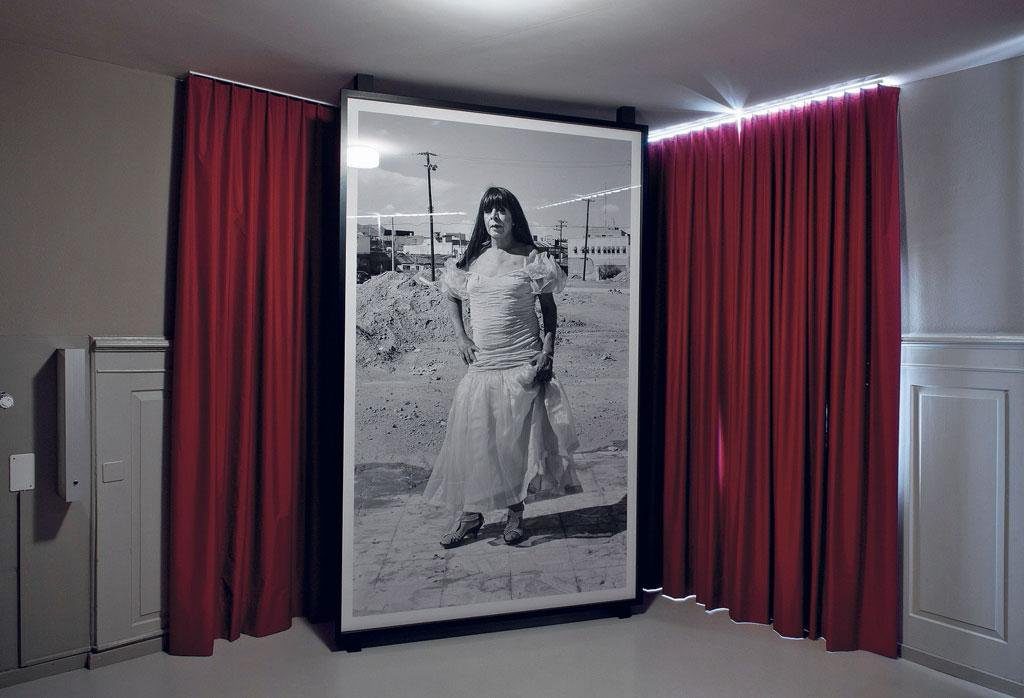
Teresa Margolles’s installation at Manifesta 11.
5. Body Politics
Way before Trump’s “grabbing” made the headlines, questions of representation, state control and social attitudes toward the body (often, but not only, female and trans) have been forced back into focus by everything from Instagram (the tyranny of the flaunted “perfect” bodies) to the battle over abortion legislation in Poland, Ireland, and in the lead up to the US election. Early in the year, in the wake of attacks on women in Cologne, the city’s Gold + Beton gallery staged “Exquisite Corpse:” an exhibition looking at the representation of women, and the male gaze.
At Manifesta, Teresa Margolles focused on the physical threats facing trans prostitutes in Mexico. On the 43rd anniversary of Roe v. Wade, Michele Pred mailed t-shirts reading “My Body My Business” to the US Presidential candidates. At Studio Voltaire in London over the summer, the Neo Naturists revisited the radical nakedness of their performance works from the early 1980s, concluding that little had changed vis-à-vis cultural attitudes to the female body.
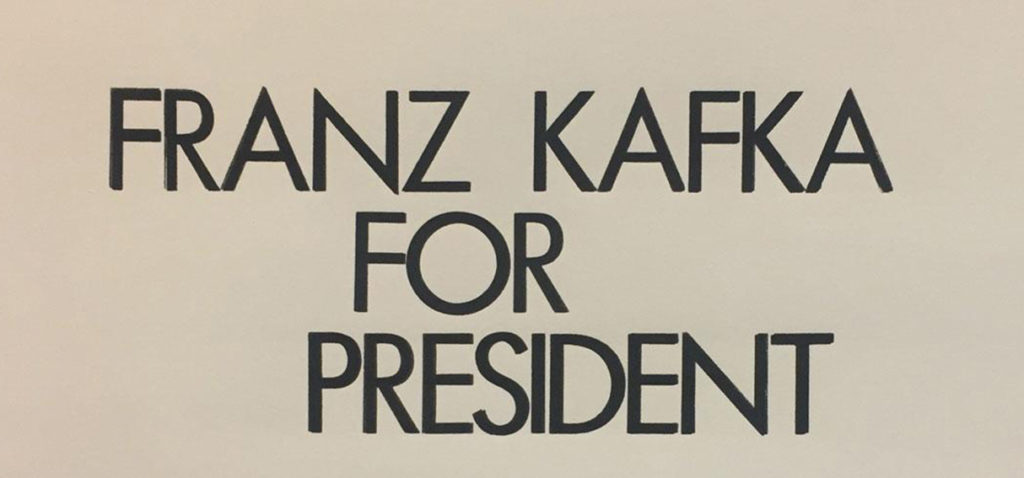
Image from Hands Off Our Revolution. Courtesy Broomberg & Chanarin.
6. The Rise of the Right
2016 saw the “culture war” between Miri Regev, minister of Culture and Sport, and Israel’s arts community heat up; by October, the former chief censor was the subject of a lengthy political profile in The New York Times in which she made her position clear: “If you’re not loyal to the country, then you should be punished”.
Following the US Election, artists Oliver Chanarin and Adam Broomberg launched the “Hands Off Our Revolution” movement to highlight the rise of the right in Europe. By the end of the year, Loretta Fahrenholz’s exhibition Two A.M. at the Fridericianum in Kassel was accompanied by a symposium titled “A New Fascism?” featuring Franco “Bifo” Berardi and Chantal Mouffe, among others.
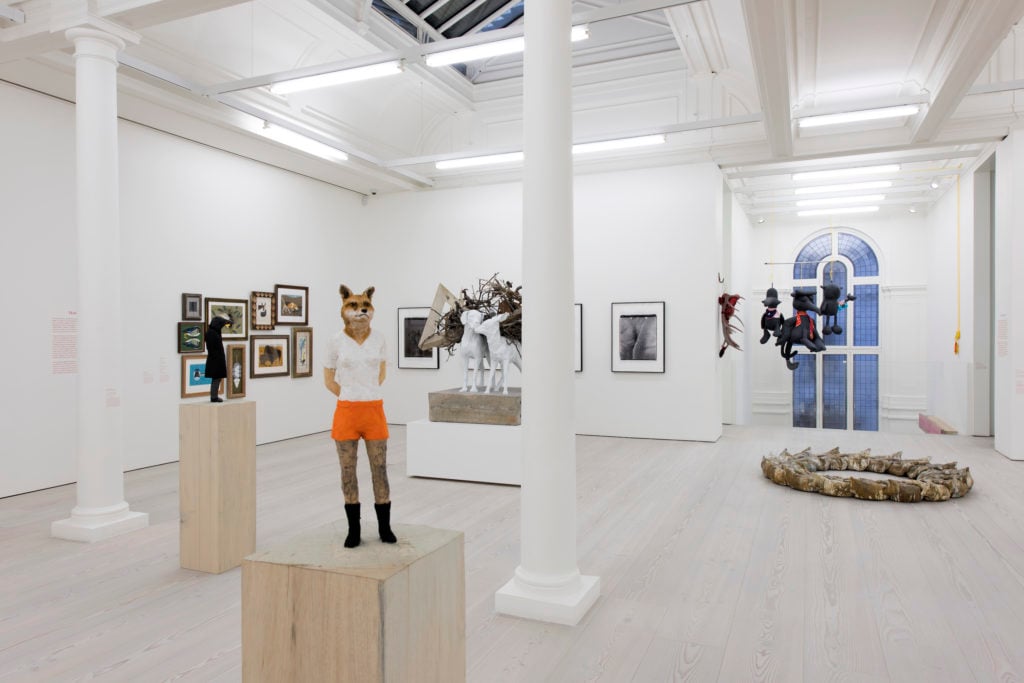
Installation view of “Animality,” Marian Goodman Gallery, 2016
A fairy tale story by Jens Hoffmann. Photo Thierry Bal, courtesy Marian Goodman.
7. Animals
Interest in the Anthropocene has this year evolved into more specific interest in the relationship between humans and animals, and working beyond established hierarchies.
Pierre Huyghe has been treading this territory for a while, but a year after his show at MoMA, the art world has been heartily populated by animal-centric shows, from Jens Hoffmann’s “Animality” at Marian Goodman, to “The Great Animal Orchestra” at Fondation Cartier, to Laurie Anderson’s concerts for dogs.